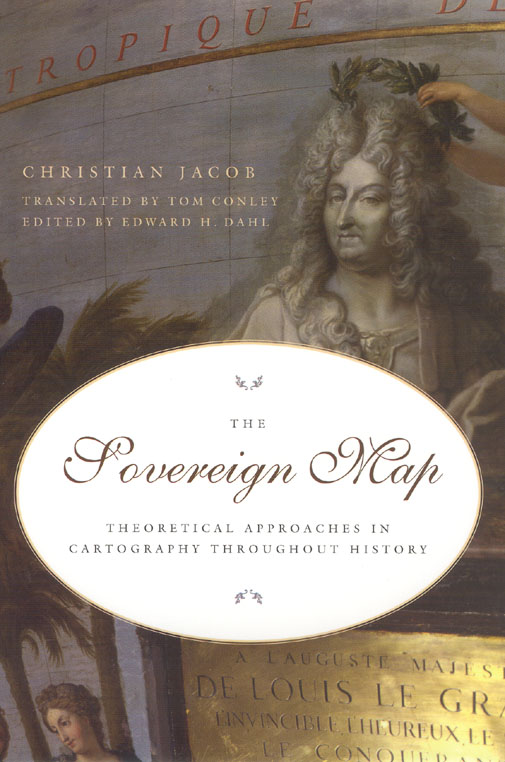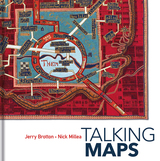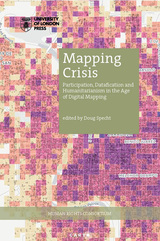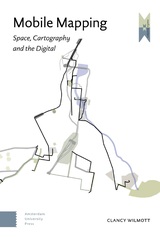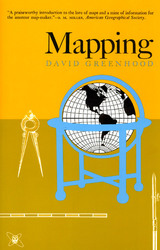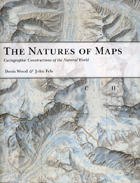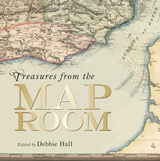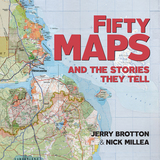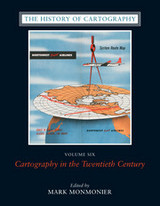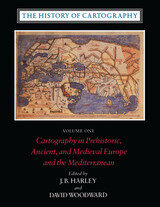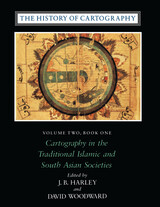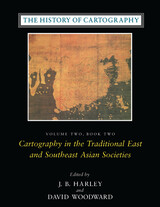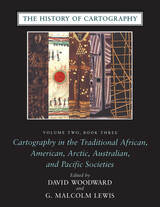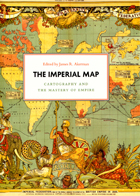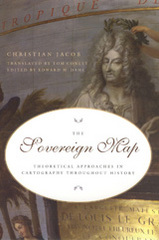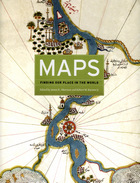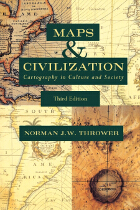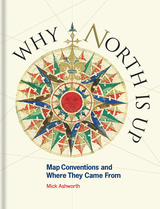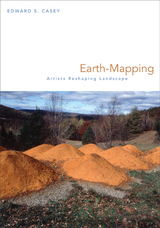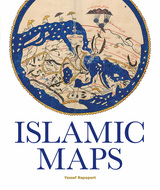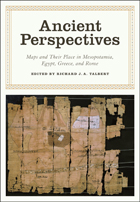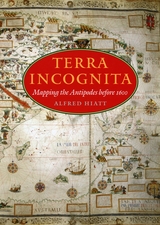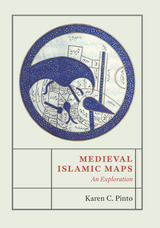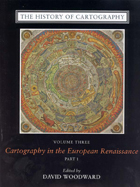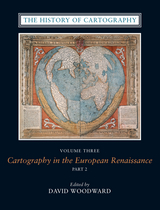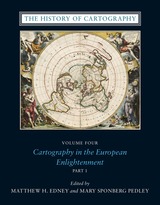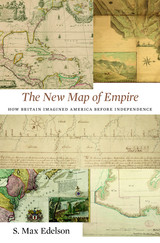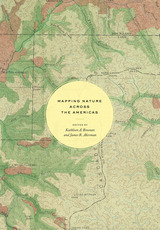The Sovereign Map: Theoretical Approaches in Cartography throughout History
University of Chicago Press, 2006
Cloth: 978-0-226-38953-0
Library of Congress Classification GA201.J3313 2006
Dewey Decimal Classification 526
Cloth: 978-0-226-38953-0
Library of Congress Classification GA201.J3313 2006
Dewey Decimal Classification 526
ABOUT THIS BOOK | AUTHOR BIOGRAPHY | REVIEWS | TOC | REQUEST ACCESSIBLE FILE
ABOUT THIS BOOK
A novel work in the history of cartography, The Sovereign Map argues that maps are as much about thinking as seeing, as much about the art of persuasion as the science of geography. As a classicist, Christian Jacob brings a fresh eye to his subject—which includes maps from Greek Antiquity to the twentieth century—and provides a theoretical approach to investigating the power of maps to inform, persuade, and inspire the imagination.
Beginning with a historical overview of maps and their creation—from those traced in the dirt by primitive hands to the monumental Dutch atlases and ornate maps on Italian palace walls—Jacob goes on to consider the visual components of cartography: the decorative periphery, geometric grid, topographical lines, dots, details of iconographic figures, and many other aspects. Considering text on maps—titles, toponyms, legends, and keys—Jacob proposes that writing can both clarify and interfere with a map's visual presentation. Finally Jacob examines the role of the viewer in decoding a map's meaning and the role of society in defining the power of maps as authoritative depictions of space.
Innovative in its philosophical motivation and its interdisciplinary approach to looking at and writing about maps, The Sovereign Map is eagerly awaited by scholars from many different fields.
Beginning with a historical overview of maps and their creation—from those traced in the dirt by primitive hands to the monumental Dutch atlases and ornate maps on Italian palace walls—Jacob goes on to consider the visual components of cartography: the decorative periphery, geometric grid, topographical lines, dots, details of iconographic figures, and many other aspects. Considering text on maps—titles, toponyms, legends, and keys—Jacob proposes that writing can both clarify and interfere with a map's visual presentation. Finally Jacob examines the role of the viewer in decoding a map's meaning and the role of society in defining the power of maps as authoritative depictions of space.
Innovative in its philosophical motivation and its interdisciplinary approach to looking at and writing about maps, The Sovereign Map is eagerly awaited by scholars from many different fields.
See other books on: Cartography | Conley, Tom | Geography | Jacob, Christian | Theoretical Approaches
See other titles from University of Chicago Press
